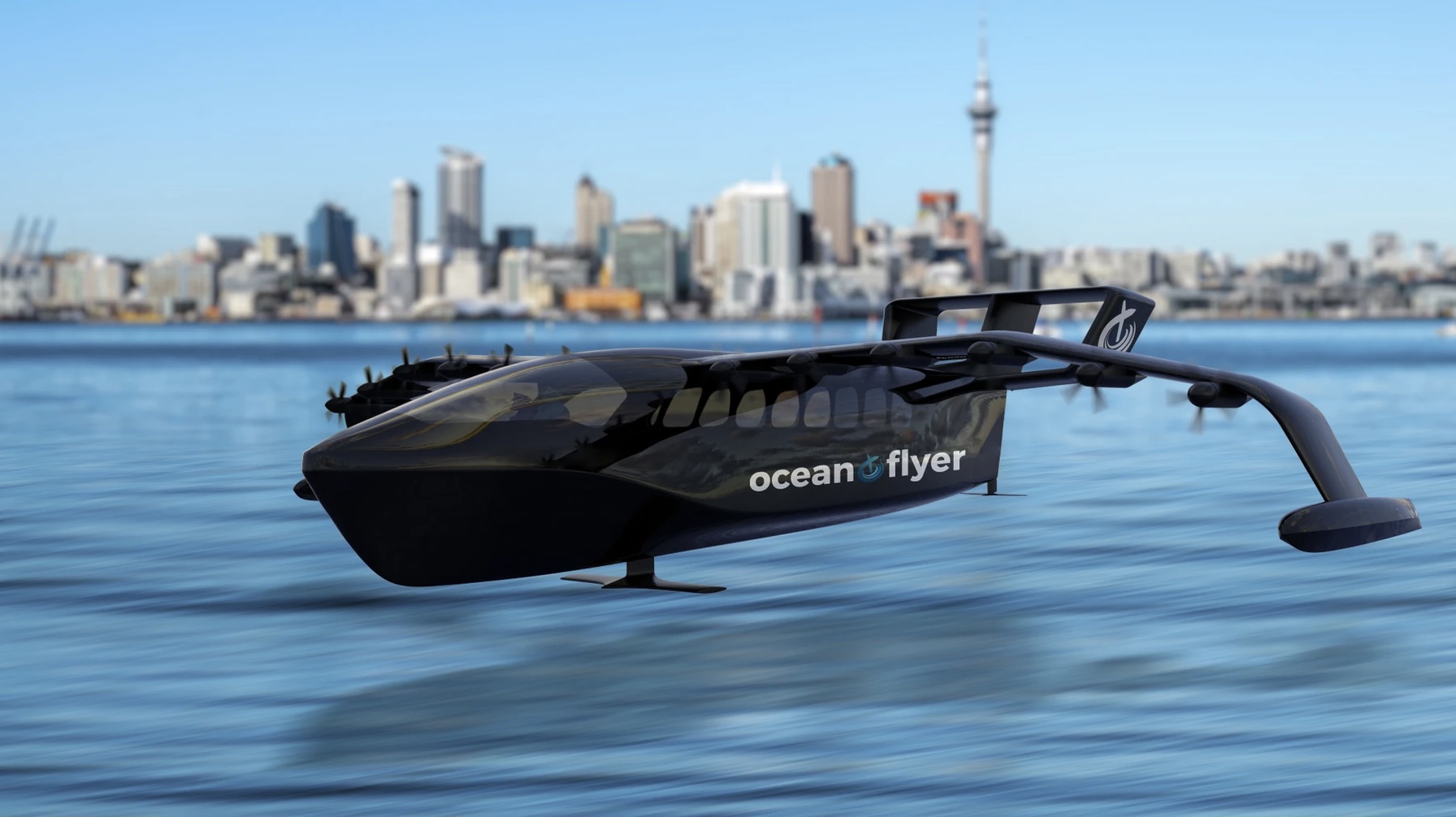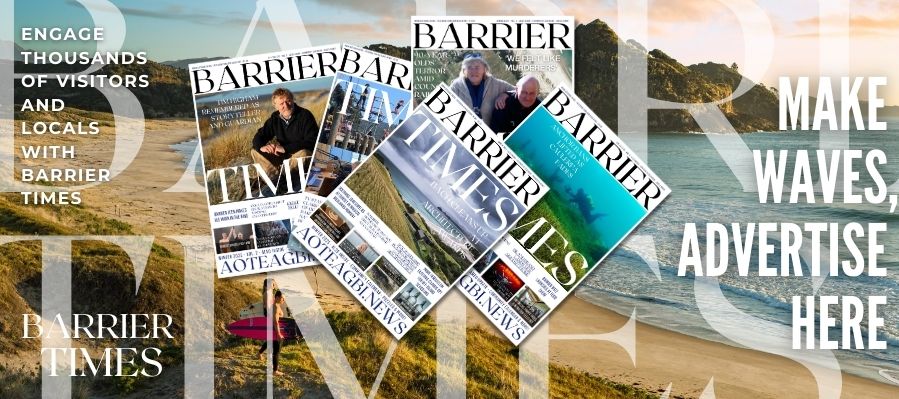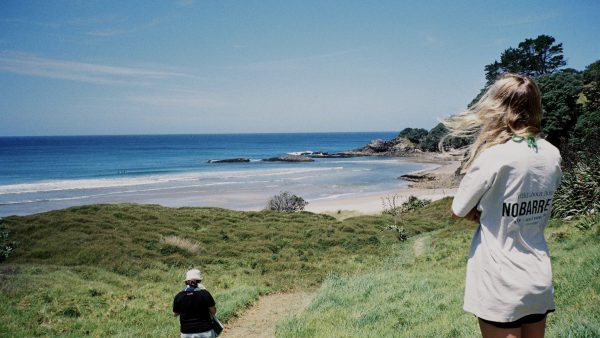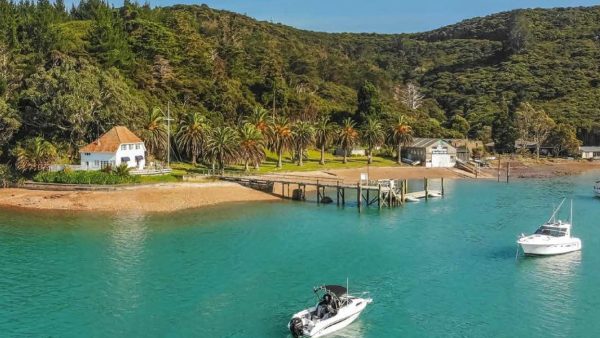Seaglider Poised for Takeoff? Photo / REGENT
Great Barrier Island might soon be closer to Auckland than ever if Ocean Flyer’s bold plans come to fruition. With services potentially mirroring the ease and frequency of a bus schedule, the kiwi company promises to deliver a hassle-free, rapid commute from Auckland to the Barrier in just 25-30 minutes, all at a cost of under $100.
“Ocean Flyer is considering Great Barrier Island as a route. We believe it will open up opportunities for the Islanders including but not limited to key pent up frustration for school kids and families for life events such as medical appointments,” Arsel Aslam, from Ocean Flyer told AoteaGBI.news
Seagliders are a relatively new form of high-speed maritime transport that combines the technologies of boats, airplanes, and hovercraft. Essentially, they operate by gliding above the water’s surface, using a technology called the “wing-in-ground” effect, similar to that used in America’s Cup racing boats. This allows them to be more efficient by reducing drag.

The company claims Ocean Flyer seagliders are not only efficient but environmentally friendly, powered entirely by electricity which cuts running costs compared to fossil fuel-based options. “The Ocean Flyer seagliders are fully electric (100%) and hence offer 1/8th the running costs of fossil fuel based transport options,” Aslam stated.
The company says the Seagliders can reach speeds of up to 290 kilometers per hour and are designed to carry 12 passengers each.
OceanFlyer last week secured a substantial $145 million in funding with Monte, a UK-based asset manager and investor. Its maritime division, provides financing and leasing solutions for small- to mid-sized decarbonised vessels. Potential routes include one from Auckland to Whangārei.
Aslam emphasized economic potential for the island: “We also appreciate this can generate an increase in economic activity for businesses and the tourism industry. The world literally becomes more of an oyster for the population.” he said.
Aslam says the boat-turned-plane-turned-hovercraft are equipped with technology to safely maneuver around other vessels and marine life.
“OceanFlyer will have the latest maritime avionics systems embedded into the seaglider crew deck. Sensors and radars will pick up on the surrounding activity,” he explained, adding the limited amount of the vessel actually in the water means they could be less disruptive to the moana.
Regent Craft, the seaglider’s U.S. manufacturer has received an Approval in Principle (AiP) from regulation body, Bureau Veritas.
Regent is to supply 15 12-seater and 10 100-seater seagliders to OceanFlyer.
So far, public demonstrations of OceanFlyer’s seagliders have been limited to graphic renders and footage of a small-scale prototype. The practical challenges of establishing such a service—ranging from regulatory approvals and infrastructure development to the actual performance of the seagliders—remain unclear. With regulatory approval pending from bodies like Maritime New Zealand, OceanFlyer is optimistic about bringing their seagliders to NZ by 2026.








There is 1 comment
I am not sure who is publishing AoteaGBInews but fantastic work really appreciate your articles thank you
Comments are closed.